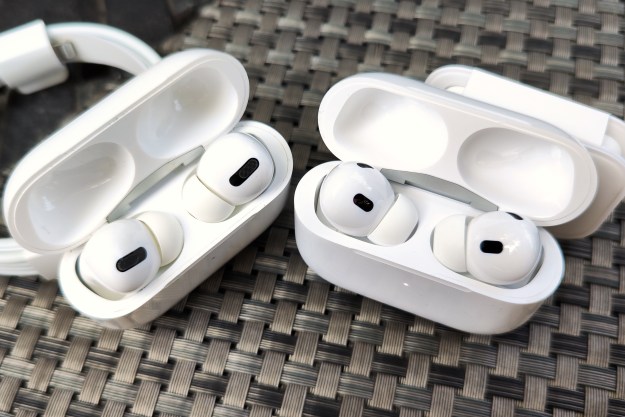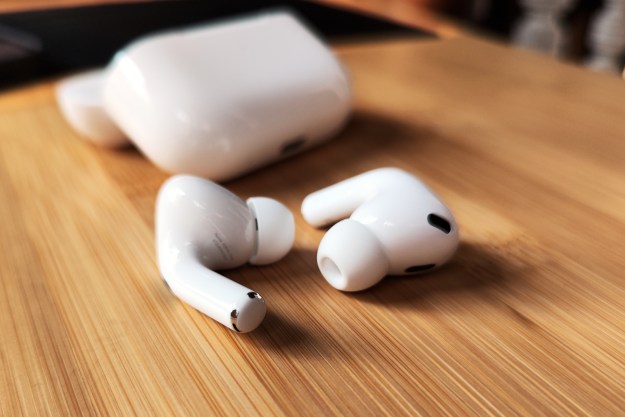Google has announced the Pixel Buds 2, its first proper attempt to compete with the Apple AirPods for dominance of the true wireless earbuds market.
Launched alongside the Google
Right off the bat, an awful lot has changed. Let’s start with the design — unlike the original Pixel Buds, there’s no wire connecting the two Buds. They’re also a lot smaller, with an individual Bud sitting flush with your ear.
The software has had an update, too. Gone are the days of having to tap the Pixel Buds to fire up Google Assistant and take advantage of Google Translate. Now, everything is handled using your voice, à la the AirPods 2.
Just mumble, “OK, Google,” and Assistant will fire up. From here, you can instruct her to do everything from streaming a song through Play Music or Spotify to sending a message via Facebook Messenger or WhatsApp.

Best of all, the Pixel Buds’ Translate feature has been carried over to the
The
You’ll also be getting five hours of continuous listening time from a single charge, with the AirPods-style Wireless Charging Case providing up to an additional 24-hours worth of use — that’s on par with the Apple AirPods 2.
The

On the software side, the
Notably, when you’re on a call, beam-forming microphones focus on your voice while voice accelerometers detect speech through your jawbone — so a loud restaurant or a windy day won’t interrupt your conversation.
Wondering how the Google
Missed the rest of the announcements from Google’s October 15 event? You can catch up here.
Editors' Recommendations
- Google says the Pixel Buds Pro/Pixel 8 phone combo is better for calls — it’s not that simple
- Second-generation AirPods Pro have USB-C now, too
- OnePlus Buds Pro 2’s spatial audio makes me want to ditch the AirPods Pro
- Google Black Friday deals: Save on Pixel 7, Pixel Buds and Pixel Watch
- Pixel Buds Pro firmware update adds 5-band EQ




